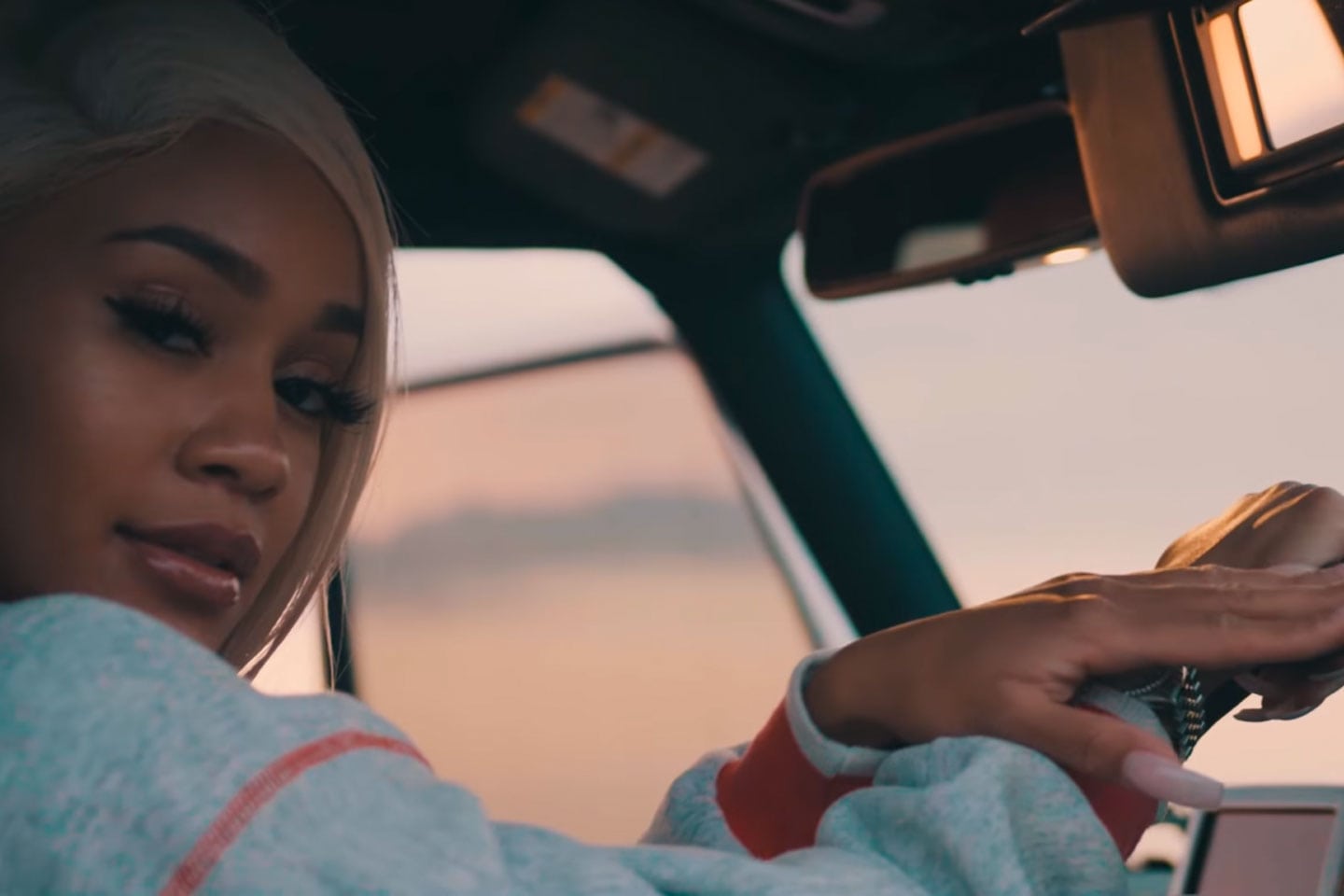Exploring 1990s Music Trends: A Nostalgic Journey
The 1990s was a decade filled with iconic music that left an indelible mark on the industry. From grunge and alternative rock to hip-hop and pop, the 90s witnessed a diverse range of musical styles that shaped the cultural landscape of the time. In this article, we will delve into the various music trends that defined the 1990s, highlighting the artists, albums, and movements that made this era so memorable.
Grunge: The Rise of Alternative Rock
One of the most influential music trends of the 1990s was the rise of grunge and alternative rock. Bands like Nirvana, Pearl Jam, and Soundgarden emerged from the Seattle music scene, bringing a raw and angst-filled sound that resonated with disenchanted youth. The success of albums like Nirvana’s “Nevermind” and Pearl Jam’s “Ten” catapulted grunge into the mainstream, challenging the dominance of hair metal and pop music.
Hip-Hop: From Gangsta Rap to the East Coast-West Coast Rivalry
The 1990s witnessed the golden age of hip-hop, with artists like Tupac Shakur, The Notorious B.I.G., and Wu-Tang Clan making waves in the industry. Gangsta rap became a prominent subgenre, with artists like N.W.A and Snoop Dogg pushing boundaries and addressing social issues through their lyrics. The East Coast-West Coast rivalry between Tupac and Biggie added another layer of intrigue to the hip-hop scene, culminating tragically in their untimely deaths.
Pop Music: The Rise of Boy Bands and Girl Power
The 1990s was also a decade marked by the explosion of pop music, with boy bands and girl groups dominating the charts. Acts like Backstreet Boys, *NSYNC, Spice Girls, and Destiny’s Child captured the hearts of millions with their catchy tunes and synchronized dance moves. This era also saw the rise of female solo artists like Britney Spears and Christina Aguilera, who embraced their sexuality and promoted a message of empowerment.
Electronic Music: The Birth of Techno and Rave Culture
The 1990s witnessed the rise of electronic music, with genres like techno and house gaining popularity. Artists like The Prodigy and Daft Punk brought electronic music to the mainstream, creating infectious beats that filled dance floors worldwide. The rave culture also thrived during this decade, with massive outdoor parties and all-night dance events becoming an integral part of youth culture.
Pop Punk and Post-Grunge: A Blend of Rock and Pop
The 1990s also saw the emergence of pop punk and post-grunge, combining elements of punk rock with catchy pop melodies. Bands like Green Day, Blink-182, and Foo Fighters gained widespread acclaim, appealing to both rock and pop music fans. These acts brought a more accessible and melodic sound to the alternative rock scene, paving the way for future bands in the genre.
R&B and Neo-Soul: Smooth Grooves and Soulful Vocals
R&B and neo-soul experienced a renaissance in the 1990s, with artists like Boyz II Men, TLC, and Mary J. Blige dominating the charts. The smooth grooves and soulful vocals of these artists captivated audiences, creating timeless classics that continue to be celebrated today. The fusion of R&B and hip-hop also became prominent, giving birth to the subgenre known as “new jack swing.”
Conclusion
The 1990s was a decade of musical diversity and innovation, with various genres and subgenres flourishing simultaneously. From grunge and alternative rock to hip-hop, pop, electronic music, and R&B, the 90s had something for everyone. The impact of this era can still be felt in the music industry today, with many artists drawing inspiration from the sounds and trends that defined the 1990s. So, take a nostalgic journey back in time and immerse yourself in the music that shaped a generation.
Key Takeaways
- The 1990s witnessed the rise of diverse music trends, including grunge, hip-hop, pop, electronic music, pop punk, and R&B.
- Grunge and alternative rock bands like Nirvana and Pearl Jam challenged the dominance of pop music and brought a raw and angst-filled sound to the mainstream.
- The golden age of hip-hop saw the emergence of influential artists like Tupac Shakur and The Notorious B.I.G., along with the East Coast-West Coast rivalry that captivated the industry.
- Pop music exploded with the rise of boy bands like Backstreet Boys and girl groups like Spice Girls, promoting catchy tunes and empowering messages.
- Electronic music gained popularity, thanks to artists like The Prodigy and Daft Punk, who brought infectious beats and rave culture to the forefront.
- Pop punk and post-grunge blended rock and pop elements, with bands like Green Day and Blink-182 appealing to a wide range of music fans.
- R&B and neo-soul experienced a renaissance, with artists like Boyz II Men and Mary J. Blige captivating audiences with their smooth grooves and soulful vocals.
- The impact of 1990s music trends can still be felt in the industry today, as many artists draw inspiration from this era.
If you’re passionate about the music industry and want to learn more about its inner workings, consider taking the NYU x Billboard | Music Industry Essentials online course and certificate program offered by Yellowbrick. This comprehensive program will provide you with valuable insights and knowledge to navigate the ever-evolving music industry landscape. Don’t miss this opportunity to dive deeper into the world of music and turn your passion into a career.




